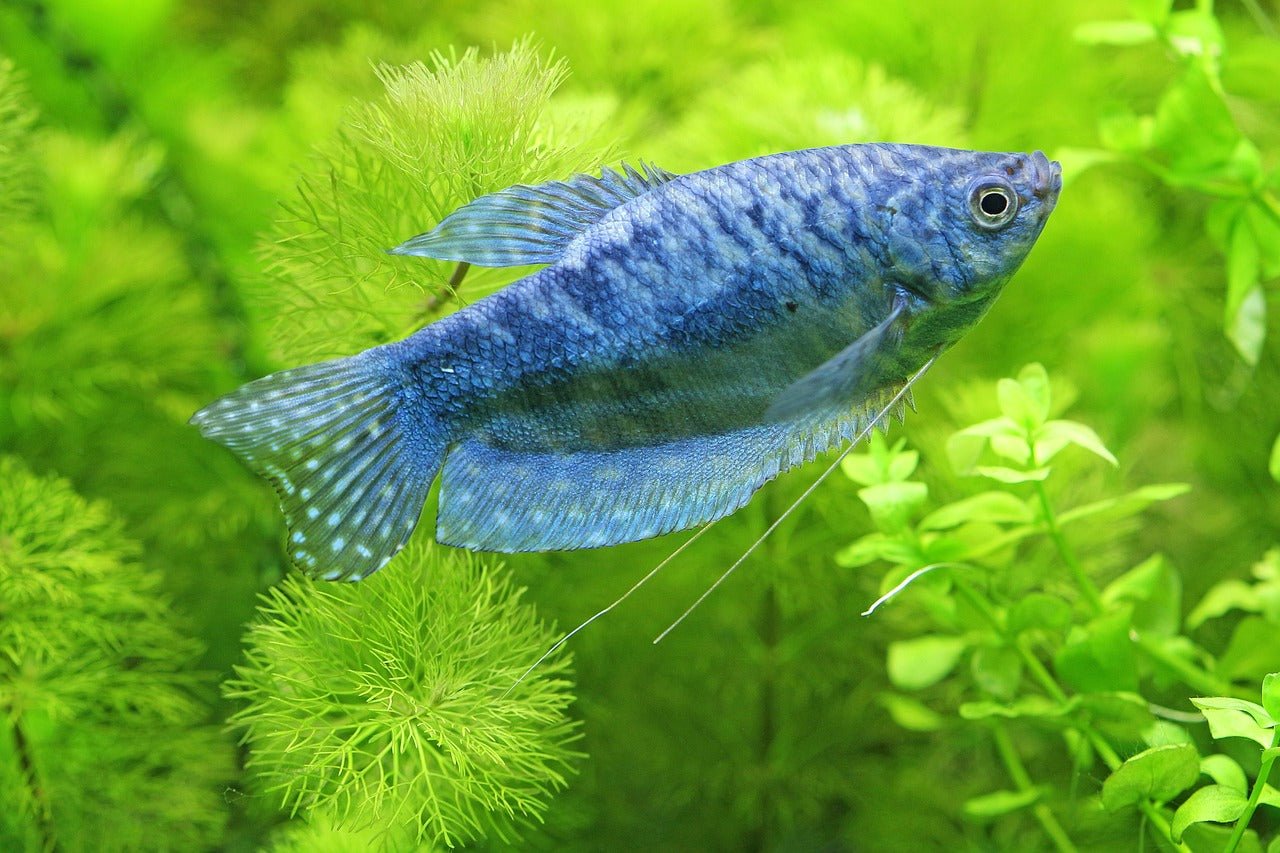Aquariums are more than just tanks filled with water and fish; they are dynamic ecosystems that, when balanced, can thrive with minimal intervention. One of the most effective ways to achieve and maintain this balance is by incorporating live plants. Beyond their aesthetic appeal, live plants offer numerous benefits to the aquarium environment, contributing to the health and well-being of its inhabitants.
Natural Filtration
Live plants act as natural filters in aquariums. Through the process of photosynthesis, they absorb carbon dioxide and release oxygen, enhancing the water's oxygen levels, which is essential for fish and beneficial bacteria. Additionally, plants take up ammonia, nitrites, and nitrates—byproducts of fish waste and uneaten food. By reducing these harmful substances, plants help maintain water quality and minimize the risk of toxic buildup.
Algae Control
One of the common challenges in maintaining an aquarium is controlling algae growth. Algae thrive on nutrients such as nitrates and phosphates. Live plants compete with algae for these nutrients, often outcompeting them and thereby reducing the likelihood of algae overgrowth. This natural competition helps keep the aquarium clean and reduces the need for chemical algae control methods.
Stress Reduction for Fish
A well-planted aquarium provides a more natural and comforting environment for fish. Plants offer hiding spots and shelter, reducing stress and promoting natural behaviors. This is particularly important for species that are shy or territorial. A stress-free environment leads to healthier fish, fewer instances of disease, and more vibrant coloration.
Biological Stability
Live plants contribute to the biological stability of an aquarium. They provide a habitat for beneficial bacteria that play a crucial role in the nitrogen cycle, breaking down waste products into less harmful substances. These bacteria colonize plant surfaces, roots, and the substrate around plants, enhancing the aquarium's overall biological filtration.
Aesthetic Appeal
The visual impact of live plants in an aquarium cannot be overstated. They add depth, color, and texture, transforming a simple tank into a lush underwater landscape. Aquascaping, the art of arranging aquatic plants, can create stunning, naturalistic environments that mimic the beauty of nature. Whether you prefer a densely planted jungle or a minimalist design, live plants offer endless possibilities for creativity.
Encouraging Natural Behavior
Different fish species exhibit natural behaviors that are often enhanced by the presence of live plants. For example, some fish enjoy foraging among plant roots or leaves, while others use plants to lay eggs. Providing an environment that supports these behaviors can lead to more active and content fish, contributing to a vibrant and lively aquarium.
Water Stability
Plants help stabilize water parameters such as pH and hardness. Through the processes of photosynthesis and respiration, they influence the carbonate hardness (KH) and the general hardness (GH) of the water. This stabilizing effect is particularly beneficial in aquariums where water parameters can fluctuate due to various factors, such as water changes or the addition of new fish.
Reducing Maintenance
A well-planted aquarium often requires less maintenance than one without plants. The plants' natural filtration properties can reduce the frequency of water changes and the need for additional chemical treatments. Furthermore, their ability to outcompete algae for nutrients can decrease the need for manual algae removal and scraping.
Setting Up a Planted Aquarium
Incorporating live plants into an aquarium requires some planning and preparation:
-
Choosing the Right Plants: Select plants that are compatible with your aquarium's conditions, including light levels, water parameters, and the types of fish you keep. Beginner-friendly plants like Java fern, Anubias, and Amazon sword are hardy and adaptable.
-
Substrate Selection: Use a nutrient-rich substrate designed for planted tanks. This will provide the necessary nutrients for root development and plant growth.
-
Lighting: Ensure adequate lighting to support photosynthesis. LED lights designed for plant growth are a popular choice, offering the right spectrum and intensity.
-
Fertilization: Consider using liquid fertilizers or root tabs to provide essential nutrients, especially in the early stages of plant growth.
-
Maintenance: Regularly trim and prune plants to encourage healthy growth and prevent overgrowth. Remove dead or decaying plant matter to maintain water quality.
Conclusion
Live plants are more than just decorative additions to aquariums; they play a vital role in maintaining a healthy, balanced, and beautiful aquatic environment. From natural filtration and algae control to stress reduction and aesthetic enhancement, the benefits of live plants are manifold. By investing time and effort into creating a planted aquarium, aquarists can enjoy a thriving, vibrant ecosystem that brings a slice of nature into their homes and offices.

